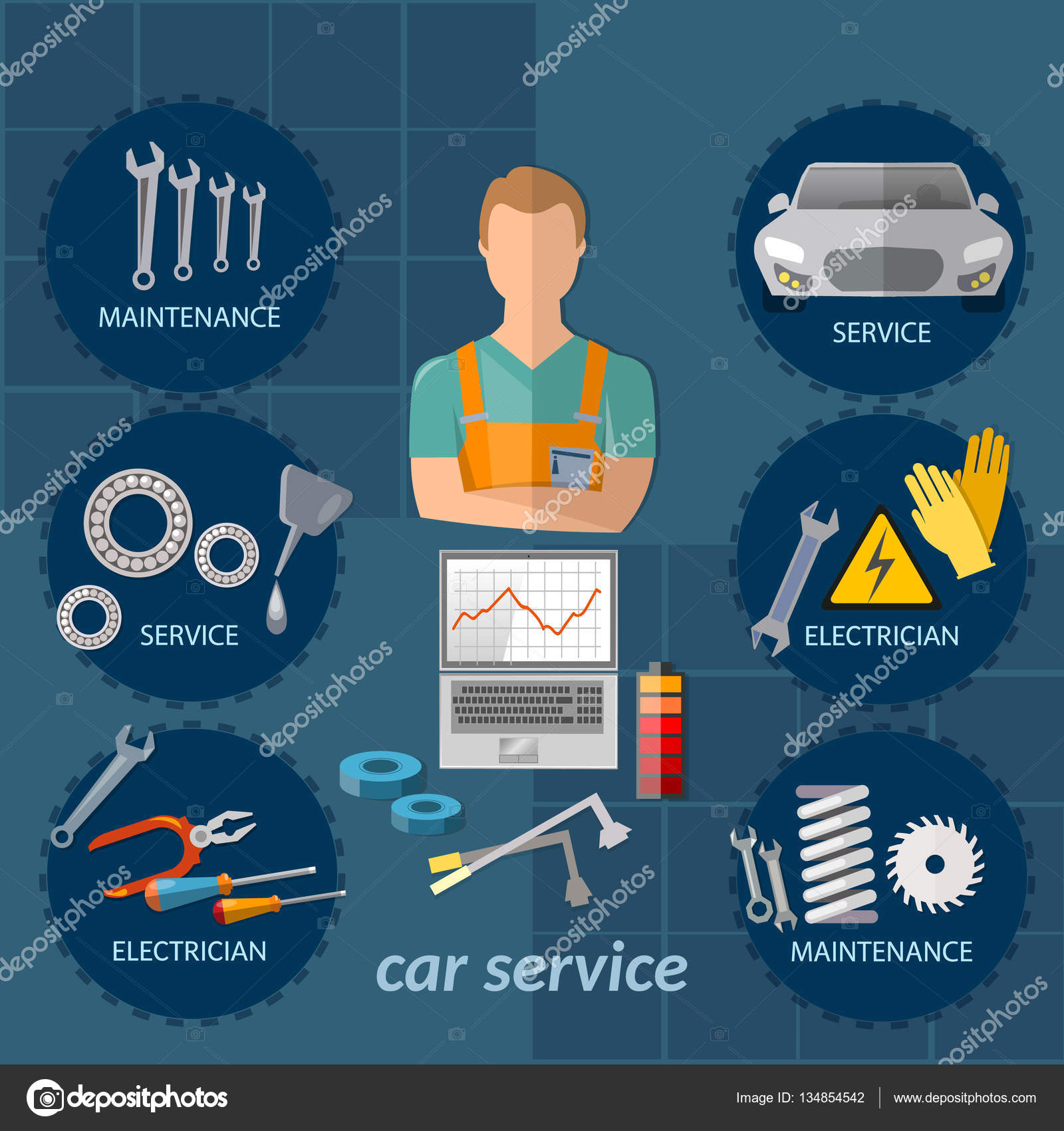Eager To Recognize What The Control Panel Warning Lights In Your Automobile Indicate? Explore Their Meanings For The Well-Being And Security Of Your Automobile
Eager To Recognize What The Control Panel Warning Lights In Your Automobile Indicate? Explore Their Meanings For The Well-Being And Security Of Your Automobile
Blog Article
Post Created By-Boye Dalgaard
When you're behind the wheel, those radiant warning lights on your dashboard can be a little bit difficult. Do you understand what they're attempting to inform you regarding your auto's wellness? Understanding the importance of these lights is important for your safety and the durability of your automobile. So, the next time among those lights pops up, wouldn't you intend to decipher its message accurately and take the required steps to resolve it?
Common Caution Lighting and Interpretations
Recognize common caution lights in your cars and truck and understand their definitions to guarantee risk-free driving.
One of the most typical warning lights consist of the check engine light, which indicates issues with the engine or emissions system. If this light begins, it's critical to have your lorry examined without delay.
The oil stress cautioning light suggests low oil pressure, requiring immediate interest to stop engine damages.
A blinking battery light could recommend a faulty charging system, possibly leaving you stranded if not dealt with.
The tire stress tracking system (TPMS) light informs you to reduced tire pressure, impacting lorry security and fuel efficiency. Ignoring this might bring about dangerous driving conditions.
The ABS light suggests a problem with the anti-lock braking system, compromising your ability to quit promptly in emergencies.
Lastly, the coolant temperature level alerting light warns of engine getting too hot, which can cause severe damage otherwise dealt with swiftly.
Understanding these typical warning lights will certainly aid you resolve concerns quickly and maintain secure driving problems.
Significance of Prompt Attention
Recognizing the usual caution lights in your vehicle is only the first step; the significance of without delay addressing these cautions can not be highlighted sufficient to guarantee your security when traveling.
When discover this info here illuminates on your dashboard, it's your car's way of interacting a possible concern that needs attention. Overlooking these warnings can lead to more severe troubles in the future, compromising your safety and security and possibly costing you much more in repairs.
Prompt interest to warning lights can protect against breakdowns and crashes. For instance, a blinking check engine light might show a misfire that, if left neglected, might trigger damage to the catalytic converter. Addressing this immediately can conserve you from a costly repair service.
Similarly, a brake system alerting light could signal low brake fluid or used brake pads, vital elements for your safety and security when driving.
DIY Troubleshooting Tips
If you notice a warning light on your dashboard, there are a couple of do it yourself fixing tips you can try before looking for professional help.
The first step is to consult your vehicle's manual to comprehend what the details caution light shows. Occasionally engine bay cleaning service can be as simple as a loosened gas cap setting off the check engine light. Tightening up the gas cap might solve the problem.
Another typical issue is a low battery, which can cause different advising lights. Checking detailing car interior for corrosion and ensuring they're secure may take care of the trouble.
If a warning light continues, you can attempt resetting it by separating the cars and truck's battery for a couple of minutes and then reconnecting it. Additionally, checking https://brakes-and-rotors51738.ttblogs.com/9826459/the-innovation-of-auto-outlining-substantial-patterns-and-technologies-to-keep-an-eye-on , such as oil, coolant, and brake liquid, can aid repair warning lights connected to these systems.
Conclusion
Finally, recognizing your vehicle's caution lights is vital for maintaining your automobile running efficiently and securely. By quickly addressing these notifies and knowing what they indicate, you can prevent costly repair services and prospective breakdowns.
Keep in mind to consult your vehicle's guidebook for specific information on each warning light and take action accordingly to make certain a hassle-free driving experience.
Keep informed, remain risk-free when driving!
